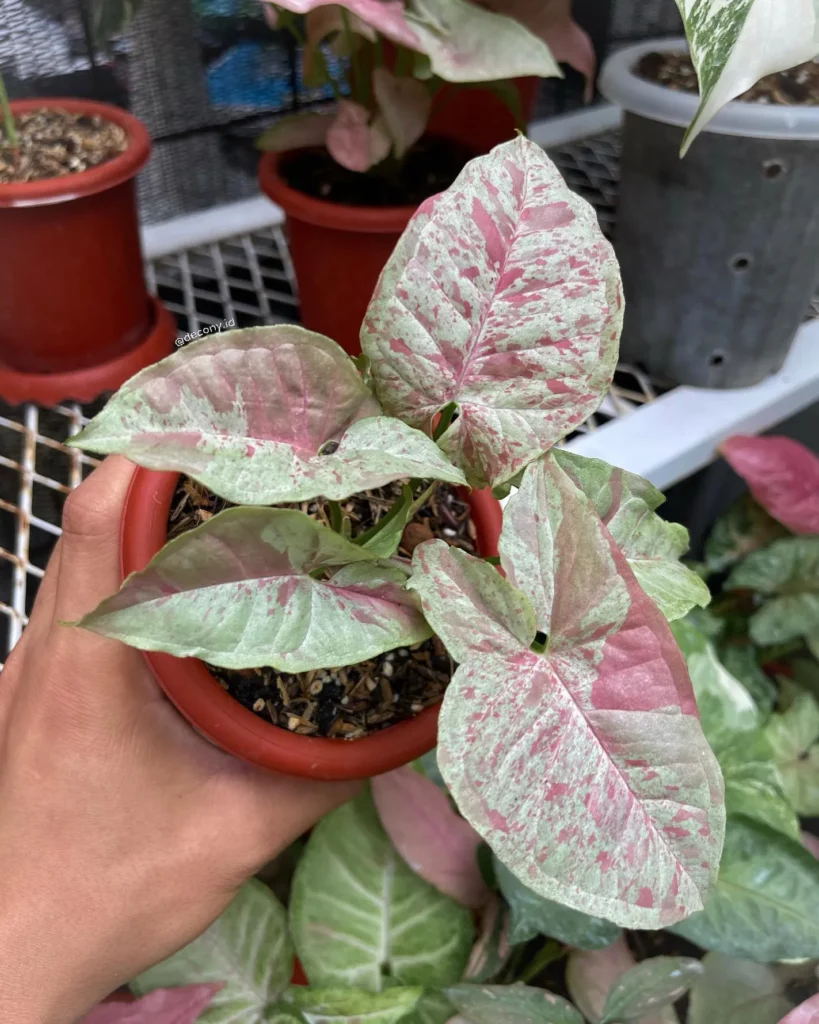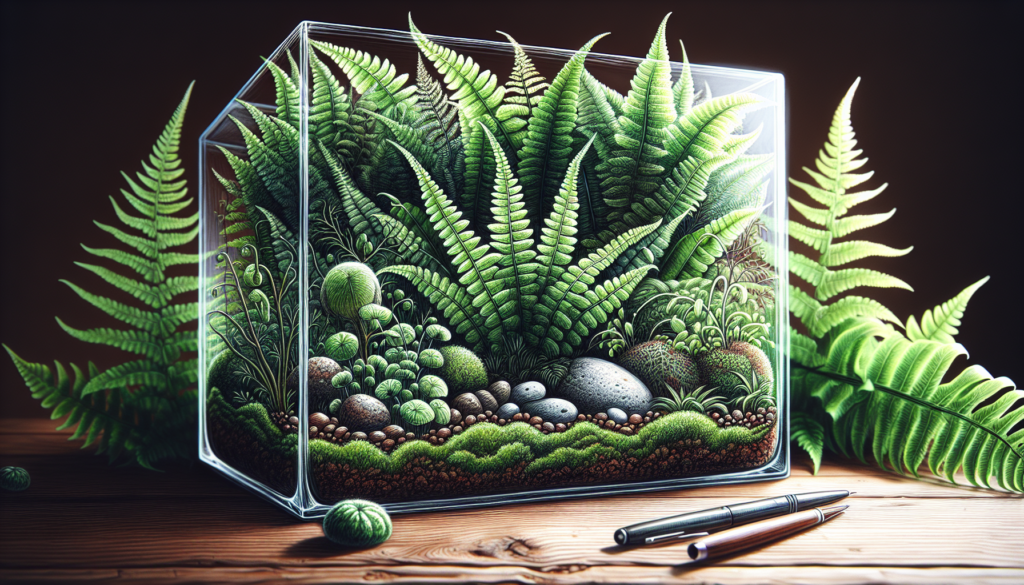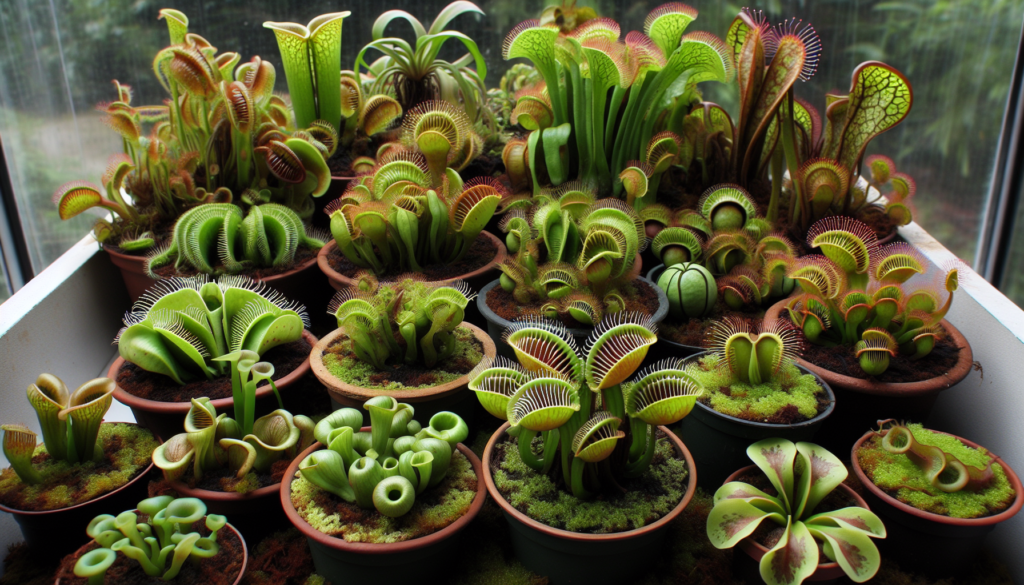To care for a Syngonium, ensure it has bright, indirect light, water it when the top inch of soil is dry, provide high humidity, and use well-draining soil. Fertilize monthly during the growing season and prune regularly to maintain shape and encourage fuller growth.
Are you tired of having plants that wilt and die within weeks? Are you fed up with spending your hard-earned money on plants that end up being nothing more than a dead stick in a pot?
If you answered yes, then it’s time to start paying attention to the care of your syngoniums. Syngoniums are beautiful and unique plants that can add a touch of elegance to any room.
However, they require proper care and attention to thrive. Neglecting their needs will only result in stunted growth, yellowed leaves, and eventually death.
The Importance of Proper Care
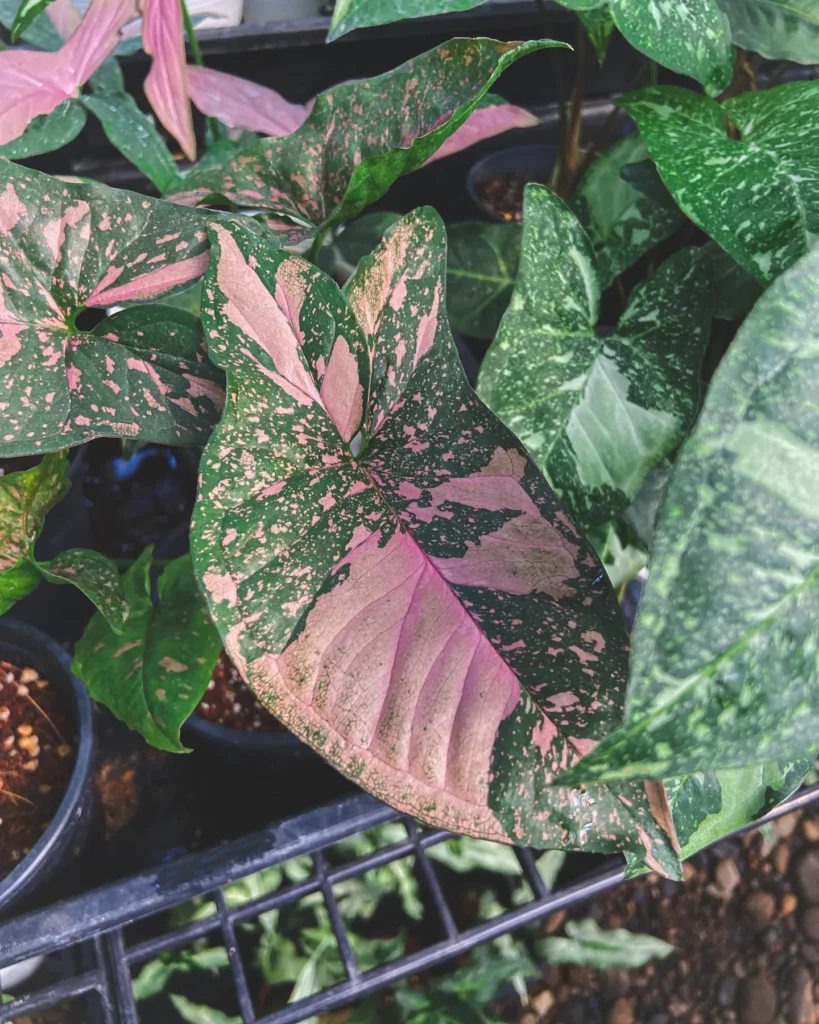
Proper care is essential for ensuring healthy growth and longevity in syngonium plants. These plants are sensitive to changes in their environment, which means they need consistent care for optimal health.
By understanding the specific needs of your syngonium plant, you can create an environment that promotes healthy growth and longevity. This includes providing the right amount of light and water, as well as regularly fertilizing and pruning your plant.
Ignoring these needs can lead to stunted growth or even death. And let’s face it – nobody wants a dead plant cluttering up their living space.
The Benefits of Proper Care
Caring for your syngonium plant has numerous benefits beyond just keeping it alive. A well-cared-for plant will grow larger, produce more foliage, and bloom more frequently than a neglected one.
Additionally, having healthy plants in your home can improve air quality by removing toxins from the air. This not only benefits your physical health but also creates a more inviting atmosphere in any room.
So take the time to properly care for your syngoniums – it will pay off in the long run. And who knows, maybe you’ll even develop a green thumb and start expanding your plant collection.
Getting to Know Syngoniums

The Many Faces of Syngonium
Syngonium may not be as popular as other houseplant varieties, but it comes in different types with its own unique characteristics. There are about 30 species of this genus, but the most common one is the syngonium podophyllum.
This variety has foliage that comes in shades of green and white, yellow and green, or even pink and green, making it an attractive addition to any indoor plant collection.
Another type is the syngonium chiapense. Considered a rare species among collectors, this variety has velvety leaves with intricate veins and a dark purple color underneath.
Syngonium erythrophyllum is another rare type with deep red foliage that can take your breath away. Its leaves are thin and pointed like arrows and have a metallic sheen that sets them apart from other syngoniums.
Spotting a Healthy Syngonium
Identifying healthy plants may come naturally to some people, but others need guidance. A healthy syngonium plant exhibits vibrant colors on its leaves without any discoloration or browning at the edges.
Its stems are firm and upright, without any signs of wilting or drooping. Moreover, it’s important to check for pests such as spider mites or mealybugs since they can cause significant damage to your plant if left unchecked.
As a precautionary measure, always inspect new plants before bringing them home – no one wants an infestation! When purchasing a new syngonium plant at the nursery or garden center, check the soil moisture levels by feeling around the base of the pot for dampness.
Choose plants with soil that’s neither too dry nor too soggy – aim for just right! Take note of its surroundings in-store: Is it placed in an area that receives enough sunlight?
Is there adequate space for growth? Remember, a healthy plant starts with a good foundation.
Light Requirements
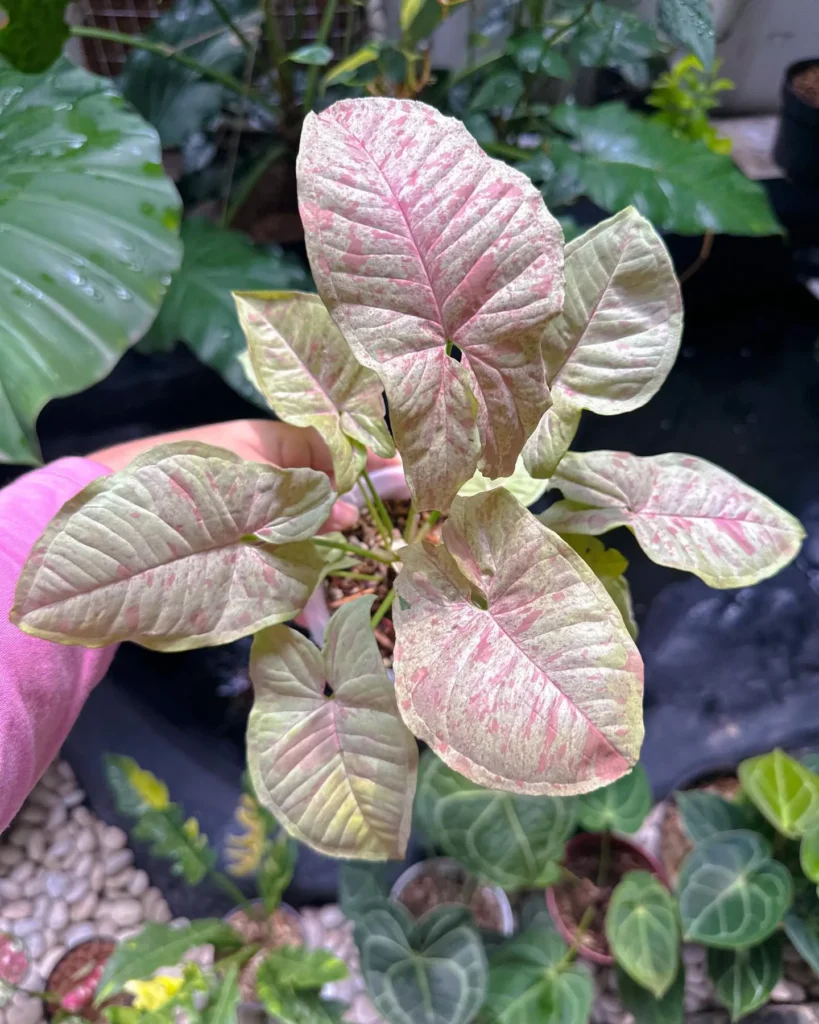
The Ideal Lighting Conditions for Syngoniums
Syngoniums are not particularly fussy when it comes to lighting, but they do need some specific conditions to thrive. Ideally, these plants should be grown in bright, indirect light. This means that they should not be exposed to direct sunlight, as their delicate leaves can scorch easily.
If you have a south-facing window with full sun exposure, it’s best to keep your syngonium away from that area. East and west facing windows are ideal for providing enough light without the risk of burning.
If you’re unsure if your syngonium is getting enough light, take a look at its foliage – if the leaves are small or stunted in growth this may indicate insufficient light. If the leaves of the plant become yellow or brown and crispy at the edges then it may be getting too much light.
Tips on Adjusting Lighting Based on Plant Needs
Syngoniums are very adaptable plants that can tolerate low-light conditions for short periods of time. However, without sufficient sunlight their growth will start to slow down over time and they may even stop growing altogether.
To adjust lighting based on plant needs you will need to pay attention to your syngonium’s response.
If the foliage is pale or appears stretched out towards a source of light then you might need to move it closer to a window or provide additional supplemental lighting such as LED grow lights.
If you notice any signs of crispy brown patches on the foliage this could indicate that your plant has been overexposed to sunlight and would benefit from being moved further away from direct sunlight.
Proper Lighting is Key to Unlocking Your Plant’s Full Potential
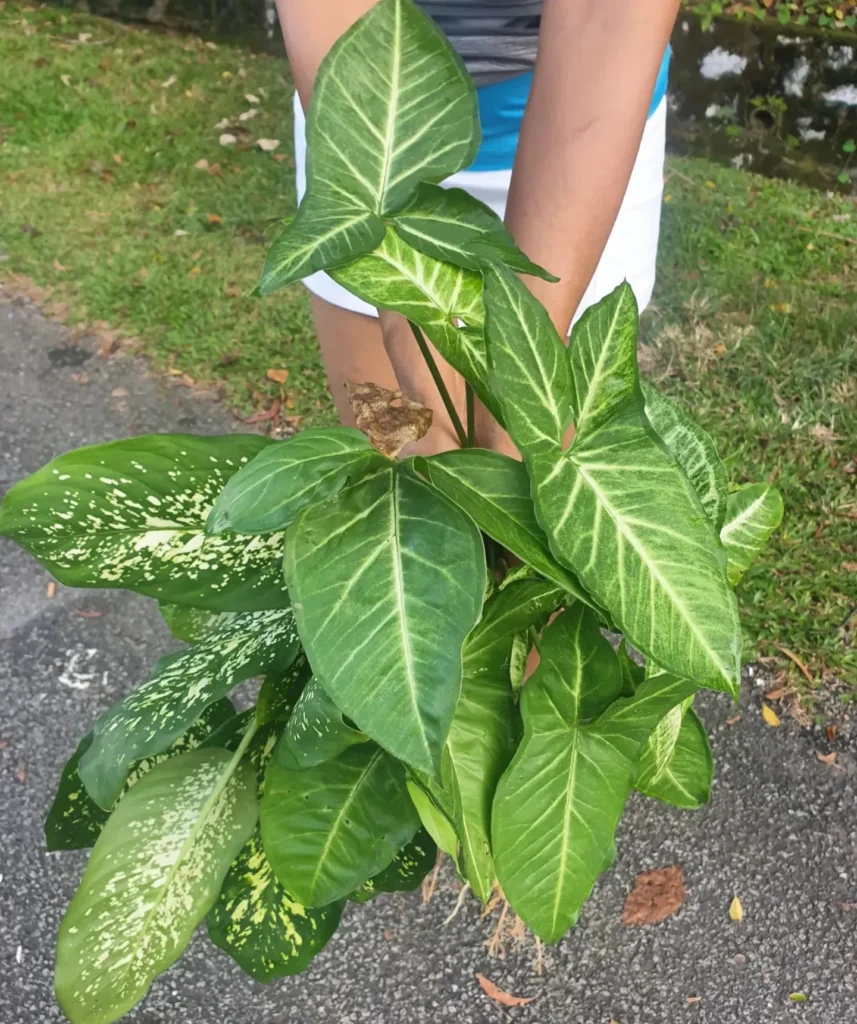
The Importance of Watering
Watering your syngonium plants is critical to their survival. These plants require periodic watering, but too much or too little can be detrimental to their health.
Over-watering can lead to root rot, mold, and other issues, while under-watering will cause wilting and yellow leaves. To determine how often you should water your syngoniums, check the soil moisture level.
Stick your finger about an inch into the soil – if it feels dry, it’s time to water. If it’s still moist, wait a few more days before watering again.
The Ideal Amount of Water
When watering your syngoniums, be sure to use room temperature water and thoroughly saturate the soil until water drains out of the bottom of the pot. This ensures that all parts of the root system receive adequate moisture.
Remember that different factors such as air humidity levels or room temperature will affect how much water your plant needs on a day-to-day basis. Don’t be afraid to adjust accordingly.
The Role of Humidity
Syngoniums thrive in high humidity environments with lots of moisture in the air. This makes them an excellent choice for bathrooms or kitchens where there tends to be more humidity in the air.
If you don’t have a humid environment readily available, consider placing a tray of pebbles filled with water below your plant’s pot or misting its leaves regularly.
By providing enough humidity for your syngoniums you are not only ensuring healthy foliage but also keeping them happy and comfortable!
Insinuate That Adequate Moisture Will Keep Your Plant Thriving
Proper watering habits are crucial for maintaining healthy syngonium plants! Do not underestimate how important this aspect is when taking care of these beautiful plants.
By ensuring the right amount of moisture in the soil and air, you will be rewarded with stunning foliage, and a healthy, thriving plant that will brighten up your space for years to come.
Fertilizing and Soil Requirements
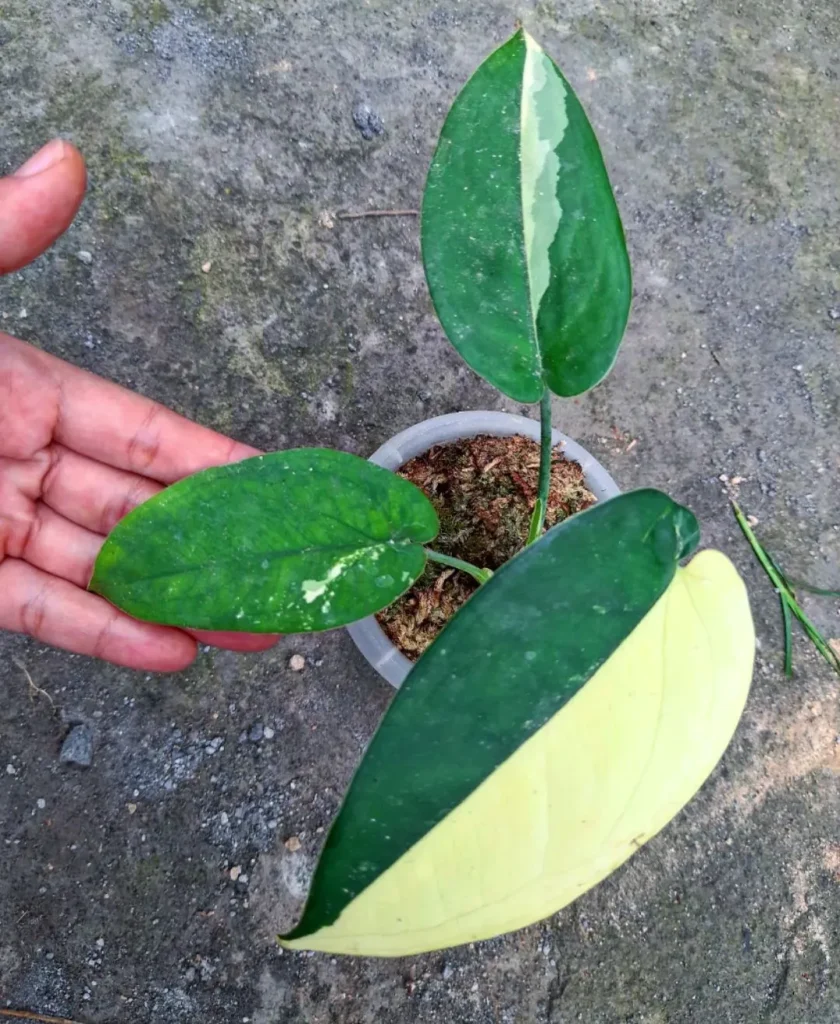
The Right Soil for Syngoniums
Let’s talk about soil, people. I don’t know about you, but I am sick and tired of seeing people use whatever dirt they can find in their backyard to grow their plants.
Newsflash: not all soil is created equal! Syngoniums, in particular, need a well-draining soil that is rich in nutrients.
A good potting mix should contain peat moss, perlite or vermiculite, and some leaf mold or compost to provide those extra nutrients. When you’re repotting your syngoniums (which you should do every year or so), make sure you give them the right kind of soil to grow in.
Optimal Fertilization
Now let’s talk about feeding these babies. Listen up, folks: fertilizing your syngoniums is not optional.
If you want these plants to thrive and reach their full potential, you have got to give them the right nutrients on a regular basis. And no, feeding them once every six months with some generic fertilizer from the hardware store is not going to cut it.
So how often should you fertilize your syngoniums? Well, I suggest giving them a balanced liquid fertilizer once a month during the growing season (spring and summer) and reducing frequency during fall and winter months when they aren’t actively growing as much.
Essential Nutrition for Long-term Health
Why bother with all this fuss over soil and fertilizer? Because proper nutrition is essential for long-term health – for both humans and plants! Your syngoniums are no different.
If they don’t get enough nutrients from the soil or through fertilization, they will struggle to grow new leaves or even start shedding older ones. To prevent this from happening, make sure you’re using good quality soil and a balanced fertilizer that includes all the essential nutrients.
Nitrogen, phosphorus, and potassium are the big three that plants need in larger quantities, but they also need smaller amounts of micronutrients like iron and manganese. Make sure your fertilizer has it all!
Insinuation
And there you have it folks – everything you need to know about fertilizing and soil requirements for your syngoniums.
Don’t skimp on this part of plant care – trust me when I say that these plants will reward you for your efforts with lush, green leaves and plenty of new growth. So go out there and get some good quality potting mix and a balanced liquid fertilizer already!
Pruning: The Key to a Beautiful Syngonium
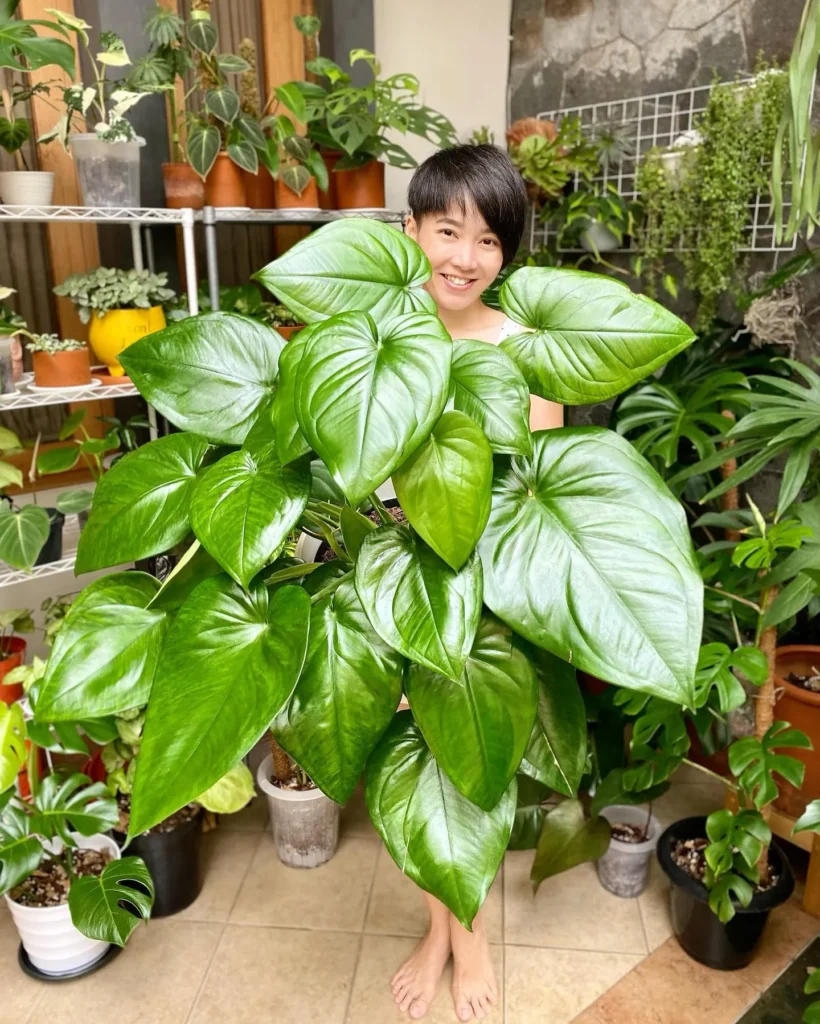
As any experienced gardener knows, pruning is an essential part of maintaining healthy and beautiful plants. Syngoniums are no exception. By selectively removing branches or stems, you can promote bushy growth, prevent overcrowding, and shape your plant into a work of art.
But be warned: pruning is not for the faint of heart. It takes patience, precision, and a steady hand to do it right.
First things first: always use clean and sharp pruning shears when trimming your syngoniums. This will prevent damage or infection to the plant at the site of the cut.
When deciding which branches or stems to remove, focus on those that are crossing over each other or growing in a direction that detracts from the overall shape of the plant. One technique that I find particularly effective is called pinching.
This involves using your fingers to pinch off the tips of young shoots as they grow. By doing this regularly, you can stimulate branching and encourage more compact growth patterns.
Another important aspect of pruning is knowing when to stop. As tempting as it may be to keep trimming away at your syngoniums until they’re perfectly symmetrical, remember that too much cutting can weaken the plant and stunt its growth.
In short: pruning is an art form that requires patience and skill. With practice and dedication, you can turn your syngonium into a masterpiece.
Shape Your Syngonium into Your Ideal Plant

As with any form of art, shaping your syngonium into your ideal plant takes time and vision. But with patience and dedication, you can transform your syngonium into a work of botanical beauty.
To begin with, consider what shape you want your plant to take. Do you want it to grow tall and narrow?
Short and bushy? Or perhaps a combination of both?
Once you have an idea in mind, start pruning away any branches or stems that don’t fit that vision. Another technique I find useful is called training.
This involves using stakes or wires to gently guide the growth of your syngonium in a particular direction. By doing this over time, you can create unique shapes and patterns that would be impossible to achieve through pruning alone.
Common Problems and Solutions
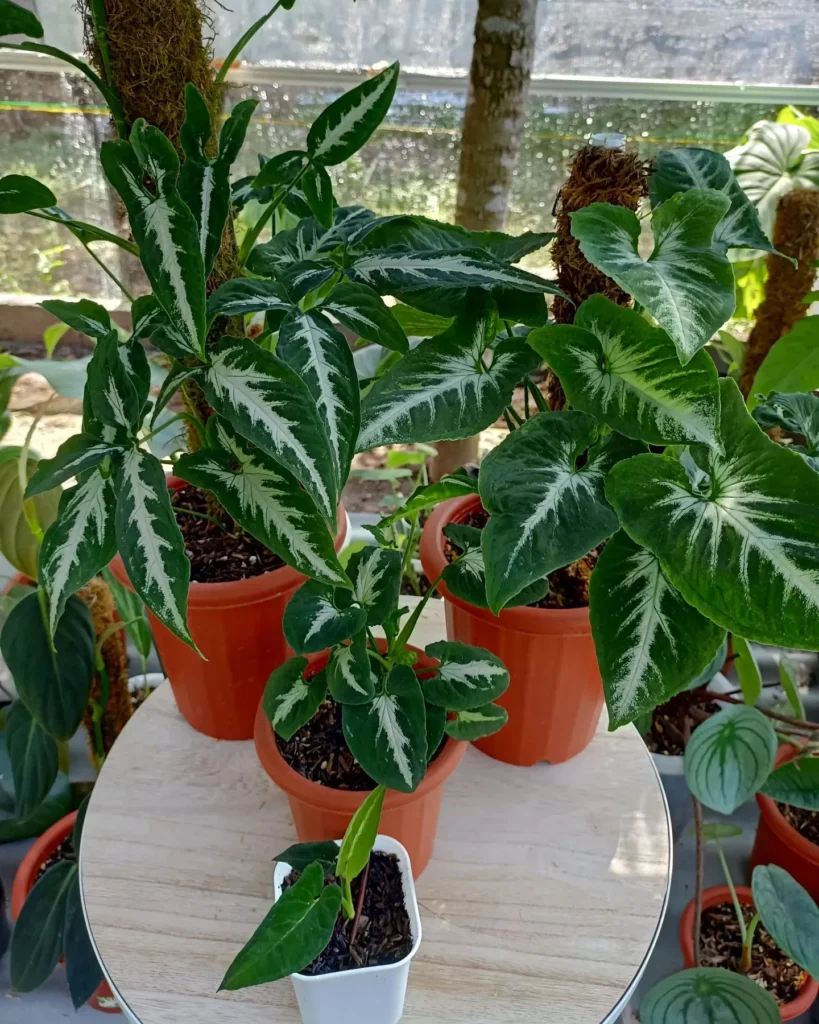
Pests: A Plant Owner’s Worst Nightmare
As a proud syngonium owner, one of the last things you want to see is a pest infestation. These pesky bugs can wreak havoc on your plant, eating away at its leaves and causing irreparable damage.
Common pests that attack syngoniums include spider mites, mealybugs, and aphids. So what can you do to prevent these pesky critters from taking over your beloved plant?
First off, make sure to inspect your plant regularly for any signs of pests. Keep an eye out for tiny webs or white specks on the leaves – these are often telltale signs of an infestation.
Another preventative measure is quarantining new plants before introducing them to your existing collection. This will give you time to thoroughly inspect the new plant for any potential pests before they spread to your other plants.
If you do spot a pest problem early on, don’t panic! There are several natural remedies that can help eradicate the issue without resorting to harsh chemicals.
One option is spraying down the affected area with a mixture of water and dish soap – this will suffocate most pests and should be repeated every few days until the problem subsides. Alternatively, neem oil is another effective natural remedy that can be applied directly onto the leaves.
Yellowing Leaves: Addressing Nutrient Deficiencies
If your once-beautiful syngonium now has yellowed leaves, it might be experiencing nutrient deficiencies – namely nitrogen or iron deficiencies. This is often caused by over-watering or not fertilizing enough.
First off, assess whether it’s an issue with watering or nutrients by checking if the soil is too wet or dry respectively. Based on this assessment cut back watering if you’ve been over-watering and add more nutrients in terms of fertilizer if the soil is dry but doesn’t drain.
However, more often than not, you might find that yellowing leaves could be due to a lack of nitrogen in the soil. To address this, consider adding a nitrogen-rich fertilizer to your plant’s soil or misting it with Epsom salt.
Wilting Foliage: The Dangers of Over-Watering
While it’s important not to under-water your syngoniums, over-watering can be just as detrimental. One of the most common symptoms of over-watering is wilting foliage – this occurs when your plant’s roots are suffocated due to too much water in the soil.
If you suspect that over-watering might be causing the issue, stop watering your plant immediately and allow it some time for its roots to dry out.
If necessary remove the syngonium from its pot and observe the root system if there is any rot present or mushy roots then cut them off till healthy white roots are present.
When you do start watering again, do so sparingly – always check that the top 1-2 inches of soil is dry before watering again. Consider repotting your syngonium into a pot with better drainage holes and fast-draining soil mix.
Be Proactive: Regular Maintenance for A Healthy Plant
The key takeaway here is not only reacting once issues arise but being proactive about caring for your plant on a regular basis. Inspect regularly check for pests and evidence thereof;
make sure water doesn’t pool around delicate roots; ensure good drainage in pots; add sufficient nutrients when needed; prune away old or damaged leaves before they attract pests, and so on.
By taking proper care of your syngoniums, you can enjoy the beauty of healthy foliage for years to come.
Conclusion
Overall, caring for syngonium plants requires a bit of effort but provides immense benefits in terms of aesthetics and mood enhancement. The plant’s lush green foliage is a sight for sore eyes, and the act of nurturing it can have a therapeutic effect on your mind.
Start by choosing the right type of syngonium that best suits your needs. Ensure that the plant receives adequate light and moisture to keep it healthy and happy.
Pay attention to the soil quality and fertilize regularly to promote growth. Pruning is an essential aspect of maintaining your syngonium’s shape and promoting bushy growth.
And when issues occur, be proactive in identifying them so you can address them quickly before they escalate out of control. Growing syngoniums is an incredibly rewarding experience that anyone can enjoy with proper care.
So go ahead and add one (or several) to your collection today! The feeling you’ll get from caring for these beautiful plants will be worth all the effort in no time!
FAQ
Q: What Is The Recommended Watering Frequency For Syngonium?
And when issues occur, be proactive in identifying them so you can address them quickly before they escalate out of control. Growing syngoniums is an incredibly rewarding experience that anyone can enjoy with proper care.
So go ahead and add one (or several) to your collection today! The feeling you’ll get from caring for these beautiful plants will be worth all the effort in no time!
Q: What Is The Light Requirement For Syngonium?
A: Syngonium thrives in bright, indirect light conditions. Place the plant in a location where it can receive medium to bright filtered light, but avoid direct sunlight, as it can lead to leaf burn.
Q: Does Syngonium Tolerate Direct Sunlight?
A: Syngonium thrives in bright, indirect light conditions. Place the plant in a location where it can receive medium to bright filtered light, but avoid direct sunlight, as it can lead to leaf burn.
Q: How Can You Ensure The Happiness Of A Syngonium Plant?
A: To keep a Syngonium plant happy, provide it with bright, indirect light, maintain a consistent watering schedule to keep the soil evenly moist (but not waterlogged), and ensure a warm and humid environment. Regularly misting the leaves or placing the plant near a humidifier can help create the desired humidity levels.

